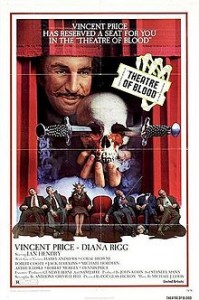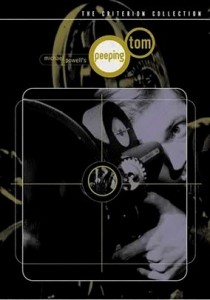Horror Express-1974
Director Eugenio Martin
Starring Christopher Lee, Peter Cushing
Scott’s Review #311
Reviewed December 30, 2015
Grade: B
Horror Express (1974) is a fun 1970s Spanish/British horror film starring legendary horror actors Christopher Lee and Peter Cushing.
A horror version of Agatha Christie’s Murder On The Orient Express with a bit of camp thrown in, it is an entertaining late-night experience, on a low-budget level.
It is the early 1900’s, and while traveling from Shanghai to Moscow, via the Trans-Siberian Express, a British anthropologist named Professor Alexander Saxton (Lee) brings an enormous, mysterious crate on board that contains a creature he discovered in a cave.
What we know is it has something to do with human evolution.
A fellow passenger, Doctor Wells (Cushing), and various other passengers become suspicious of the crate and demand to have it opened.
Things go awry and victims begin to be murdered by the creature (an ape-like monster) and left with eyes completely white with missing pupils and irises.
The best part of Horror Express is the setting. The cozy train is a perfect backdrop for the events taking place and it makes the film exciting as the different cars are set-decorated nicely.
This lends itself to a sense of entrapment and being unable to escape the creature as it roams freely from car to car.
For being a low-budget film, the train sets are quite believable, as are the sounds of the train. It feels like the actors are on a real train as the tooting horns and the sounds of the tracks are authentic.
Having actors as big as Lee and Cushing gives the film respect in horror circles and both actors do believable work.
This film would not have been as good without the talents (and name recognition) of both.
There are also interesting supporting characters and I didn’t find the acting to be too over-the-top as is known to occur in similar types of horror films.
Specifically, the countess’s role and the appearance of Telly Savalas as a Cossack officer investigating events are interesting.
Fans of this genre of horror will understand that suspension of disbelief is necessary as the plot gets a bit goofy- something about the creature taking the information from the victim’s brain and the victims subsequently turning into zombies- it doesn’t make a whole lot of sense.
Especially towards the end, as some drunken Russians and some weird resurrections happen, but that is somehow okay.
For a late-night viewing with some spirits, you can’t ask too many questions and Horror Express (1974) is a decent flick.
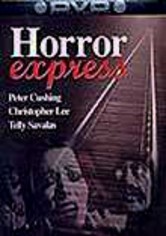
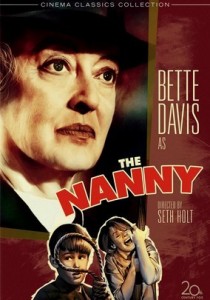
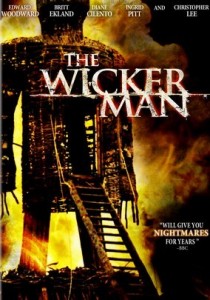
![220px-Madhouseposter[1]](http://scottsfilmreviews.com/wp-content/uploads/2015/04/220px-Madhouseposter1-196x300.jpg)
